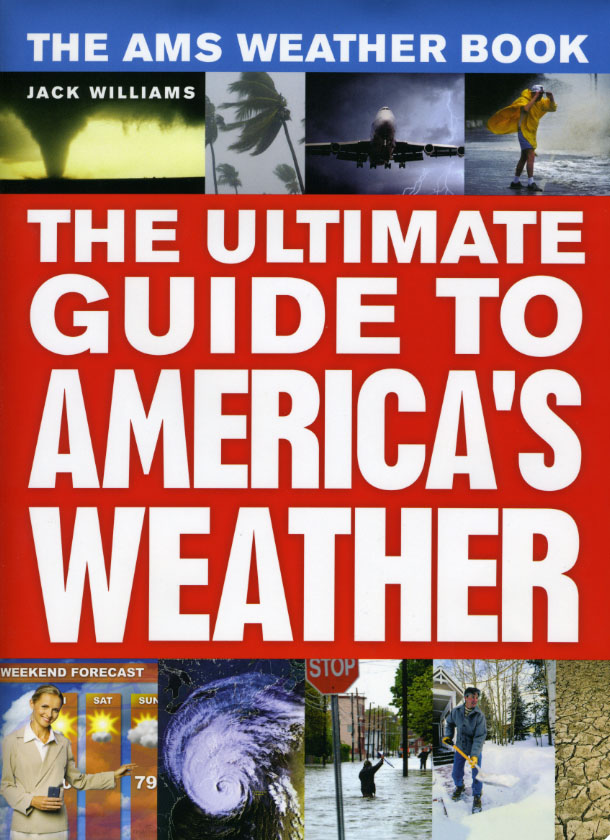Explorations: Causes of Air Pollution
The graphic on pages 268 and 269 of The AMS Weather Book is only an introduction to the complex topic of air pollution. The best source of more information for anyone who wants to begin to explore the science of photochemical smog (illustrated at the top of each of the graphic’s pages) is the University Corporation for Atmospheric Research’s (UCAR) Air Pollution Web site. This site is part of UCAR’s Windows to the Universe program for students and teachers. Each topic offers pages for users at the beginner, intermediate, and advanced levels.
The AMS Weather Book graphic shows how volatile organic compounds (VOGs) from natural sources, especially trees, combine with emissions from vehicles, power plants, and other human sources to create photochemical smog. “More Than a Change of Color: “Autumn Foliage May Affect Air Quality, Climate,” from the UCAR’s Staff Notes Monthly newsletter (October 2001) is about a research project that helps illustrate how complex the topic is. (VOGs, by the way, are responsible for that new car smell, as explained by an article from Chemical and Engineering News.)
In 1981, President Ronald Reagan was quoted as saying, “Trees cause more pollution than automobiles do.” A 2003 CBS News story, “Here We Go Again! The Big ‘Tree Pollution’ Debate Is Back,” puts Reagan’s comment in the context of the science illustrated in The AMS Weather Book graphic, which shows the role of trees in creating photochemical smog. The CBS story relates how deciding which kinds of trees to plant in certain areas is important to reducing pollution. Like The AMS Weather Book graphic, the story makes the point that without emissions from vehicles and other human sources, the VOGs from trees don’t create photochemical smog.
The listings below are to information on other parts of the two-page graphic.
Air Pollution and Climate and Pollutants Can Travel Far
The results described in the United Nations Environmental Programme’s report The Atmospheric Brown Cloud: Climate and Other Environmental Impacts were primarily from the Indian Ocean Experiment in 1999. V. “Ram” Ramanathan, of the Scripps Institution of Oceanography and co-chief scientist of the experiment, has links to more information on his Web site.
Primary Air Pollutants
These are the “criteria” air pollutants that the U.S. EPA uses to measure air quality. Information about them is on the EPA’s Six Common Air Pollutants Web page.

